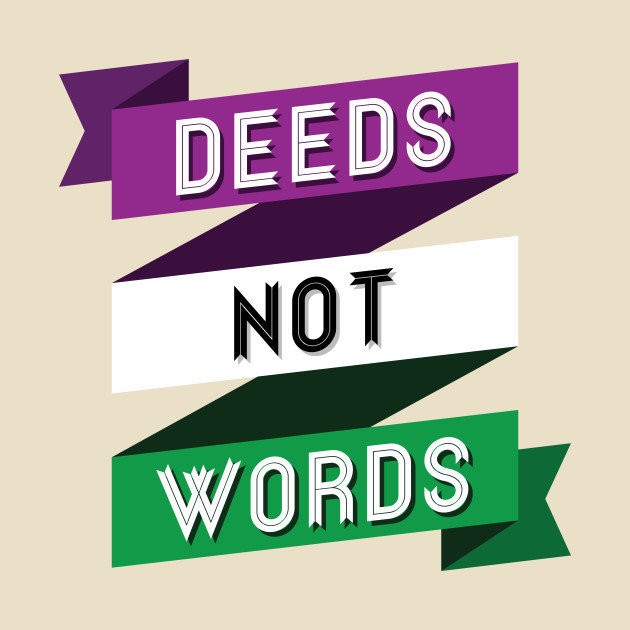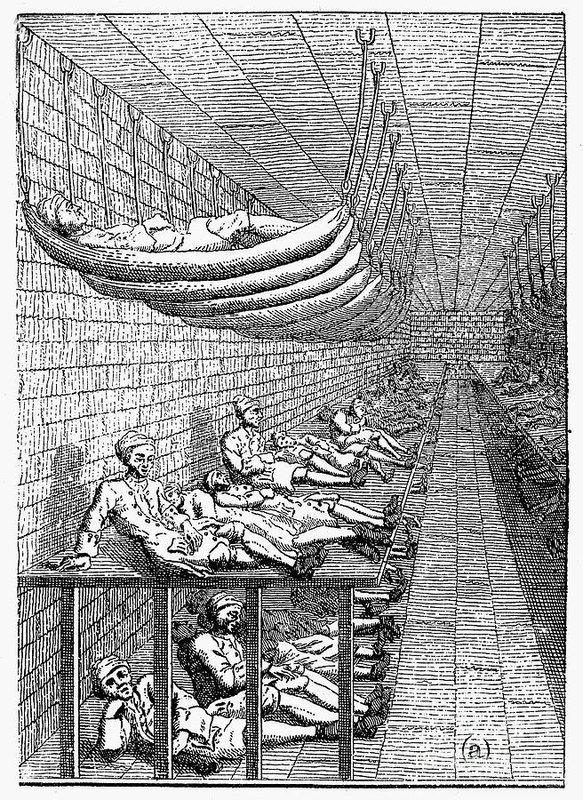Realism
and
Naturalism

Antiquity
The Renaissance
Enlightenment
Realism
Modernism
Post-modernism
Medieval times
A reminder of the different literary eras.
The romantic era
Industrialism
Poverty
Inequality
Hard working conditions
Slums

The Romantic era
Escapism
Strong emotions
Idealizing nature
Nationalism
What preceded Realism and Naturalism?

Realism and naturalism

Realism
Was first used as a derogatory term (skällsord) but later was adopted by the authors and artists who were active during this time.
Realism concerned itself with how life was structured socially, economically, politically, and culturally in the mid-nineteenth century. This led to unflinching, sometimes "ugly" portrayals of life's unpleasant moments .
Stop escaping, see life as it is!




Nationalism flourished and the idea of a united people sharing the same language, religion and culture lead to a unified Italy (1861) and Germany (1871).
In northern Europe nationalism meant meanding old grudges between Sweden/Norway and Denmark. Sweden was also striving to take Finland back. The political goals behind the movement was a unified and powerful Scandinavia.


Europe 1914
The greatest colonizers where Great Britain, France, Germany and the Netherlands.
Combined, the western powers, had about 35% of the earths surface as their own lands.
In 1800 the western powers claimed 55% of the earths surface.
In 1878 they claimed 67% of the earths surface
In 1914 ca 85% of the earths surface

Imperialism and colonialism
Seeing life as it is meant people had to deal with the reality of inequality and living conditions for workers, women, children and society's most under privileged.
This lead to what we call the age of Movements
Democracy:
In Great Britain the democracy was extended to allow workers to vote.
Unions:
Workers unions to improve working conditions.


Womens right movement
France, England and America-
suffrage movement and womens right to vote.


Suffragettes

In Sweden women got the right to vote in 1919 (first election was held in 1921).
In England women over 30 was allowed to vote in 1918 (the law was extended to women over 21 in 1928). Only men and women who owned property was allowed to vote until 1928.
Temperance:
To curb the problems with alcoholism temperance movements began to form. Which lead to Prohibition in the United States and a rationing system in Sweden.


48,8 %
50,8 %
Culture and Art
Strived to show every day moments and the reality for workers and common people.
During the second half of the 1800's impressionism became popular. The impressionists painted what they saw, literally.
In Sweden the artist Carl Larsson became famous for his portrayal of a home, designed and furnished by his wife Karin.



What is the common denominator for these works of art?

The stone breakers - Courbet
The Gleaners - Courbet


Waiting for the ferry - Knight

The weeders - Jules Breton

Fin du travail - Jules Breton
Realism in literature
Details, details, details!
The authors strived to present life truthfully and avoided supernatural, exotic
or implausible elements.

In Gustave Flauberts
"A simple heart"
A blue soap dish is mentioned, just as a detail. It is has nothing to do with the plot of the story.
However, we as modern readers can easily miss what the soap dish is meant to convey: possibly something to do with the consumerism of the time, increasing urbanisation and the rise of the bourgeois.
The language in Realistic literature
During this time authors started to write
as people actually spoke. It also became common to write in dialect and to use slang.
Adding to the realism and the popularity of books at the time.
Certain authors also used "journalistic" styles of writing anchoring the story to real places, houses and streets that the reader recognised and could visit.
In contrast to the exoticism and escapism of the Romantic era.
Great Britain
Charles Dickens
1812-1870

Dickens had to leave school to go work when his father was thrown into debtors' prison. Despite the lack of formal schooling he Went on to become an editor, writer and a social critic.
Campaigned for children's rights, education and social reform.
Many of his stories were first published as "feuilletons" in journals
Cliffhangers as a literary element.
Pickwick papers (1836-37)
Oliver Twist (1837-39)
David Copperfield (1849-50)
A tale of two cities (1859)
Great expectations (1860-61)
Debtors' prison and work houses



When did slavery end?
Realism/Naturalism
1850-1900 ca
Regency 1811-1820 ca
Victorian
Edvardian

The Brontë sisters and Jane Austen (again)
U.S.A
Mark Twain 1835 - 1910
(Samuel Langhorne Clemens)
"The Father of Rascals"
Tom Sawyer 1876
Huckleberry Finn 1884



U.S.A
Louisa May Alcott
1832 - 1888
Little Women -1868
and its sequels Little Men -1871
and Jo's Boys -1886


Her works centred around home life and women's struggle to become independent and follow their dreams against the background of the civil war.
U.S.A
Harriet Beecher Stowe
1811 - 1896
Uncle Tom's Cabin - 1852
Stowe was an american abolitionist and author. She wrote over 30 books and is best known for her novel Uncle Tom's Cabin, which depicts the harsh conditions for enslaved African Americans.


In modern time the book has been criticized for containing racist descriptions of the black characters.
Naturalism
Also rejected the Romantic era, is very similar to Realism but focuses more on determinism and scientific objectivism.
We can view it as an experiment by certain authors to write as if the characters in the Novellas where "phenomena" that you used to try different hypotheses on.
Naturalism pushed the envelope even further and included social conditions, hereditary and environmental aspects as
something that shaped human existence.
Influenced by Darwin's Theory of evolution.

Charles Darwin
1809-1882
"Arv och miljö"
U.S.A.
Theodore Dreiser
1871-1945


Edith Wharton
1862-1937
She was the first woman to win the Pulitzer Prize for Literature in 1921.
His novels often featured main characters who succeeded despite a lack of a firm moral code, and literary situations that more resembled studies of nature than tales of choice and agency.
Magical realism and proletarian writers
In magical realism the realistic style of writing merged with an air of escapism from the romantic era. Rich in contrast and colorful descriptions mixed with everyday events and details.
Realism led to a movement of proletarian writers that were self taught and wrote about their own lifes and realities of the working class. They also had a clear political agenda for the liberation of opression from employers.


Write a short text in the style of realism
about how you got to school this morning!
Remember:
Details, details, details
Write your truth
In your own language
"Journalistic Writing"
Cliffhanger
The Realistic era eventually leads to an age of ism's,
and lays the foundation for our democratic society and the declaration of human rights.
The political map was rewritten and, after the Second World War, the actual European map looks more like the one we have today.
What came next?
Modernism
Post-modernism
Now?
I
N
C
O
N
C
L
U
S
I
O
N


Honoré de Balzac
La Comédie Humaine:
Lost Illusions and Father Goriot
Gustave Flaubert
Madame Bovary
France
Sweden
Fredrika Bremer
Victoria Benedictsson
Strindberg
Verner von Heidenstam
Selma Lagerlöf
Erik Axel Karlfeldt
Russia

Fyodor Dostoyevsky
1821-1881
Dostoyevsky wrote about moral dilemmas and human nature by peeling back the layers of his characters and showing us what made them tick.
Is often called " The Journalistic author" since the places that he writes about existed in real Life.
Crime and punishment (1866)
The Idiot (1868)
The Brothers Karamazov (1879)
Among others..
Dostoyevsky to his brother after Mock Execution.
"Brother, my precious friend! all is settled! I am sentenced to four years hard labor in the fortress (I believe, of Orenburg) and after that to serve as a private. To-day, the 22nd of December, we were taken to the Semionov Drill Ground. There the sentence of death was read to all of us, we were told to kiss the Cross, our swords were broken over our heads, and our last toilet was made (white shirts). Then three were tied to the pillar for execution. I was the sixth. Three at a time were called out; consequently, I was in the second batch and no more than a minute was left me to live. I remembered you, brother, and all yours; during the last minute you, you alone, were in my mind, only then I realized how I love you, dear brother, mine! Finally the retreat was sounded, and those tied to the pillar were led back, and it was announced to us that His Imperial Majesty granted us our lives. . . . I have not become downhearted or low-spirited. Life is everywhere life, life in ourselves, not in what is outside us. There will be people near me, and to be a man among people and remain a man forever, not to be downhearted nor to fall in whatever misfortunes may befall me — this is life; this is the task of life."

Realism and Naturalism
By besskirsi
Realism and Naturalism
- 4,088



